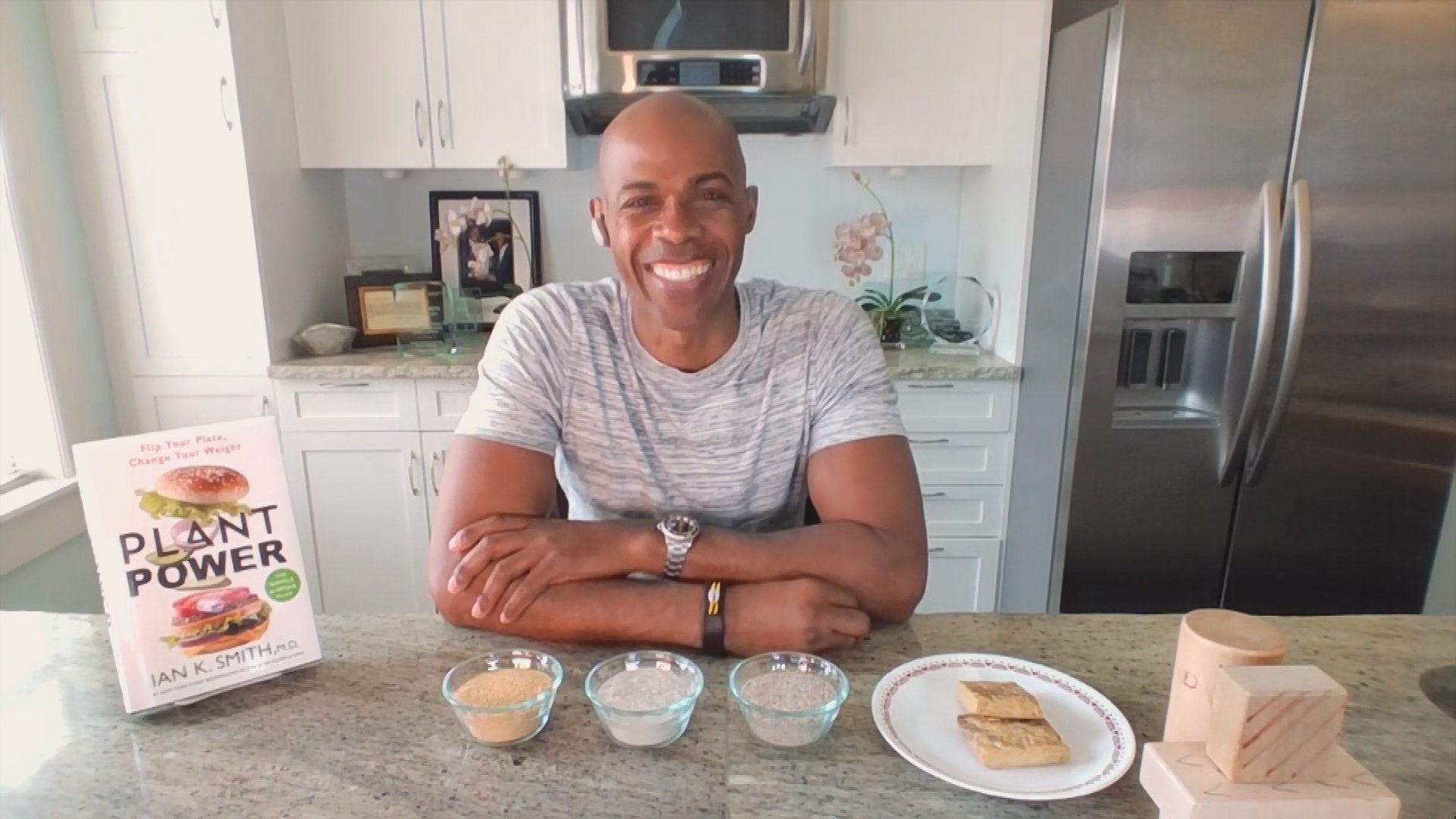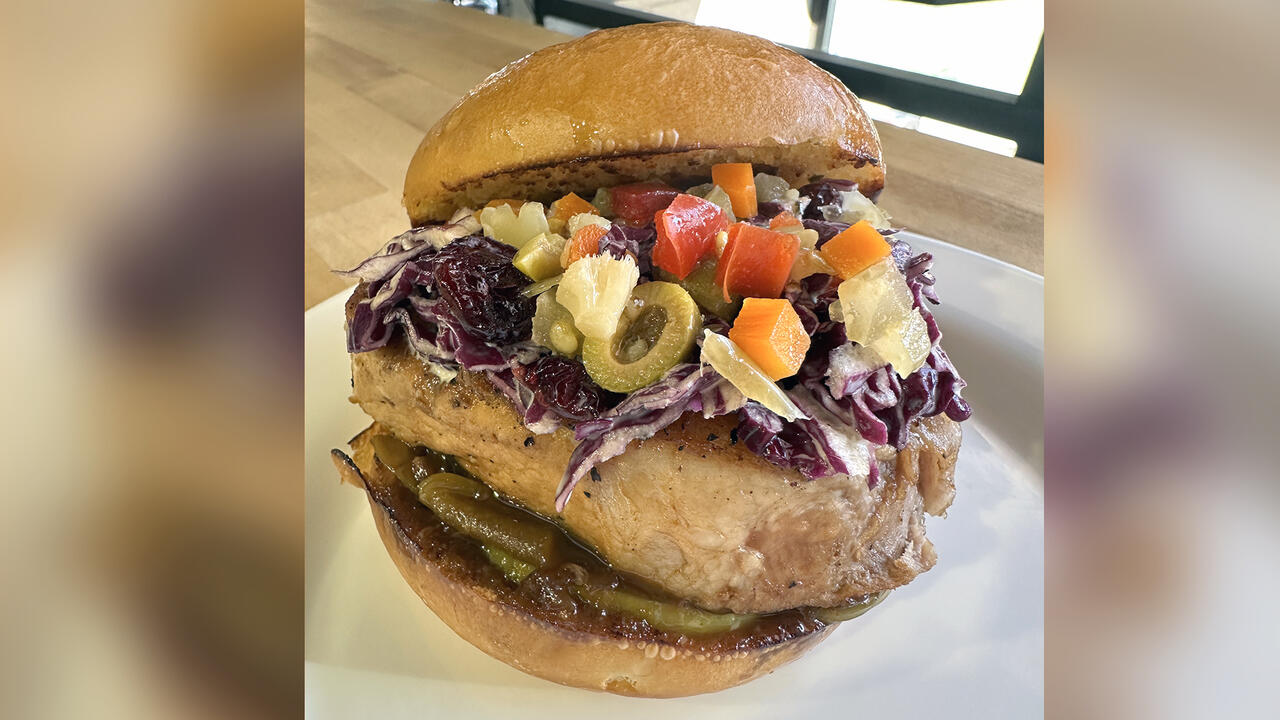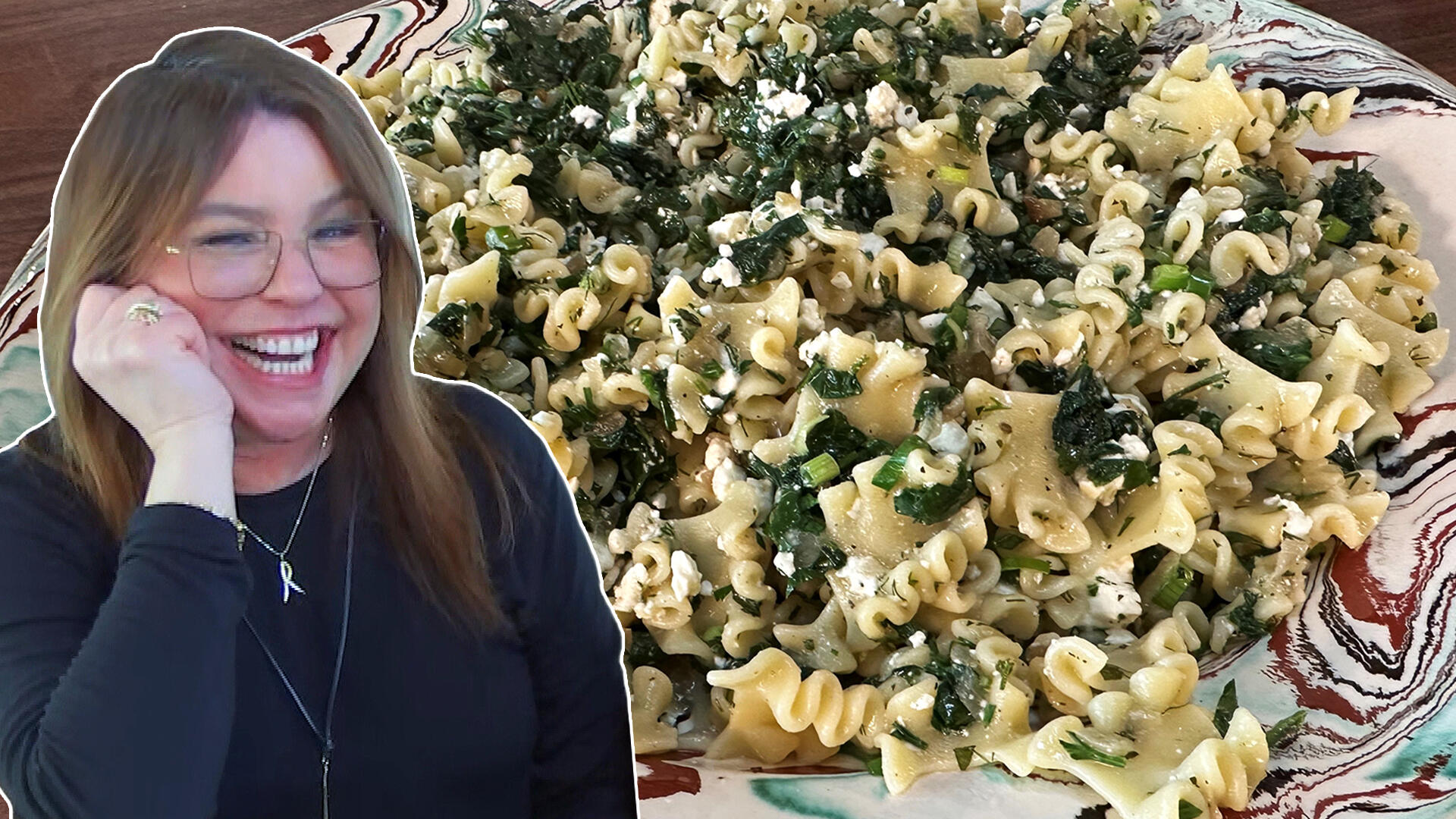

Plant-Based Substitutes Aren't Always Healthy—Here's How to Tell

Q&A with Organizational Pro Peter Walsh + Dermatologist Shares A…

Actor Hank Azaria + Freezer Meals + Artichokes 2 Ways with Rach

See Inside Barbara Corcoran's Stunning NY Apartment + It's Steak…

How to Make Chicken and Lobster Piccata | Richard Blais

Donnie Wahlberg Spills Details About NKOTB's First Ever Conventi…

Donnie Wahlberg + Jenny McCarthy Say Rach Is Such a "Joy" + Look…

The Best Moments From 17 Seasons of the Show Will Make You Laugh…

How to Make Crabby Carbonara | Rachael Ray

Rach Chats "Firsts" In Flashback From Our First Episode Ever In …

How to Make Apple-Cider Braised Pork Chop Sandwiches with Onion …

Rach's Chef Pals Say Goodbye to Show in Surprise Video Message

How to Make Sesame Cookies | Buddy Valastro

How to Make Tortilla with Potatoes, Piquillo Peppers and Mancheg…

How to Make Shrimp Burgers | Jacques Pepin

How to Make Spanakopipasta | Rachael Ray

Andrew McCarthy Chokes Up Discussing Emotional Trip to Spain wit…

Celebrity Guests Send Farewell Messages After 17 Seasons of the …

Celebrity Guests Send Farewell Messages After 17 Seasons of the …

Andrew McCarthy Teases Upcoming "Brat Pack" Reunion Special

Michelle Obama Toasts Rach's 17 Years on the Air With a Heartfel…
Each product has been independently selected by our editorial team. We may receive commissions from some links to products on this page. Promotions are subject to availability and retailer terms.
Whether it's to improve their health or help the environment, lots of people are making the switch over to a more plant-based diet, and many others are curious about possibly making the change themselves. But, before you reach for a plant-based meat substitute at the grocery store, it's important to know they're not all the same. Celebrity physician and author of Plant Power, Dr. Ian Smith, breaks down exactly what to look for on the label when it comes to plant-based meat substitutes.
First, Dr. Ian says just because they're plant-based doesn't mean they're healthy. "A lot of these meat substitutes are highly processed. Since many people want the taste and the texture of beef, manufacturers are putting some things into these products that are not the best. For example, heme is a molecule that's in the blood—it contains iron. Heme is what gives beef the meaty taste that we all love so much," says Dr. Ian. "But, because we are doing meat substitutes, manufacturers are now taking heme, not from beef obviously because it's a meat substitute, but from the soy root and they're putting it in genetically modified yeast and fermenting it so when they put it into the final burger, the plant-based burger, they taste and look like beef." And too much iron can actually make you more susceptible to type 2 diabetes, he says—so it's not always a good thing.
"You have to be a good food detective. Even though you're eating a plant-based product you still need to be mindful of what's in there," says Dr. Ian. And he said with this cheat sheet, you'll know what to look for next time you're in the grocery store looking for a plant-based meat substitute.
1. Look at the protein.
"You want to make sure that the product has at least 10 grams of protein per every 3-ounce serving. That's critical—we talk about needing protein to build muscle. You have to get your protein in," explains Dr. Ian.
2. Count the number of ingredients.
"There are so many ingredients in some of these products...15, 18, 20 ingredients. Typically when something has that many ingredients, it means it's really highly processed, so make sure your ingredient number is low," he says.
3. Check for oils.
"If it's going to have saturated oils make sure it's only two grams or less, but saturated oil is not good for you—it's not good for your heart or your cholesterol levels," Dr. Ian says.
4. Be wary of high sodium.
"Make sure it's 300 milligrams or less per serving. You can see this right on the back of the label," says Dr. Ian.
For meat-less recipes from Dr. Ian check out Easy Chicken Pasta with Pesto Cream Sauce + Sundried Tomatoes and Spicy Thai Vegetable Stir Fry.


